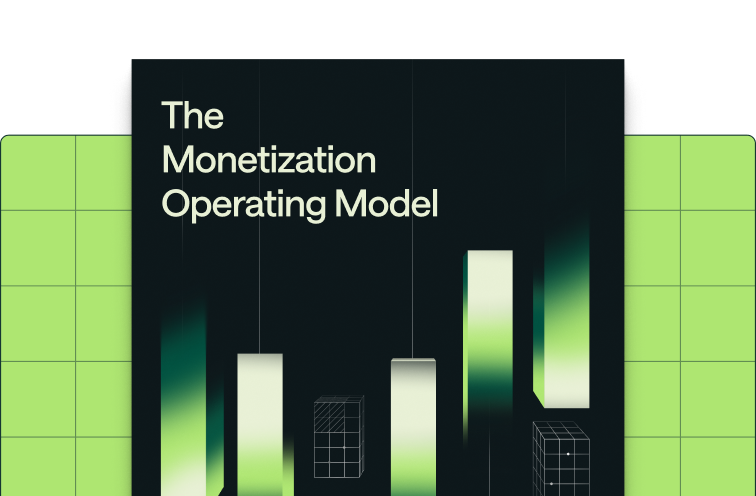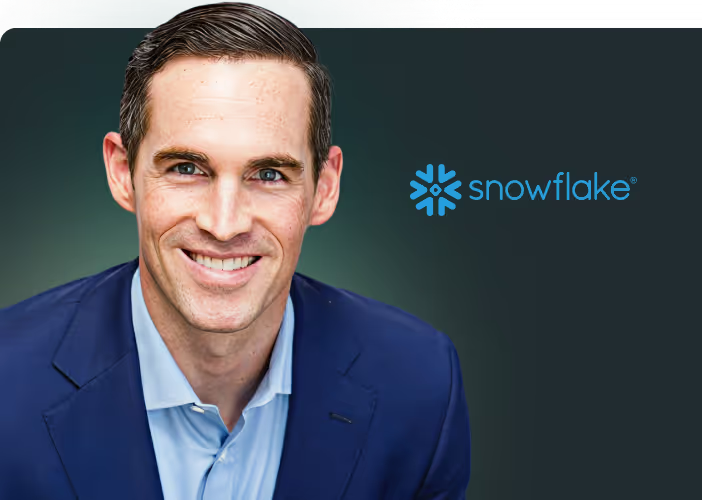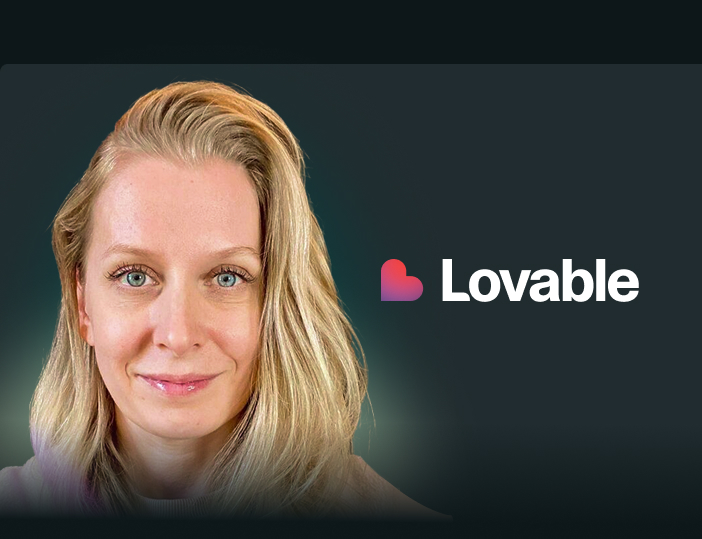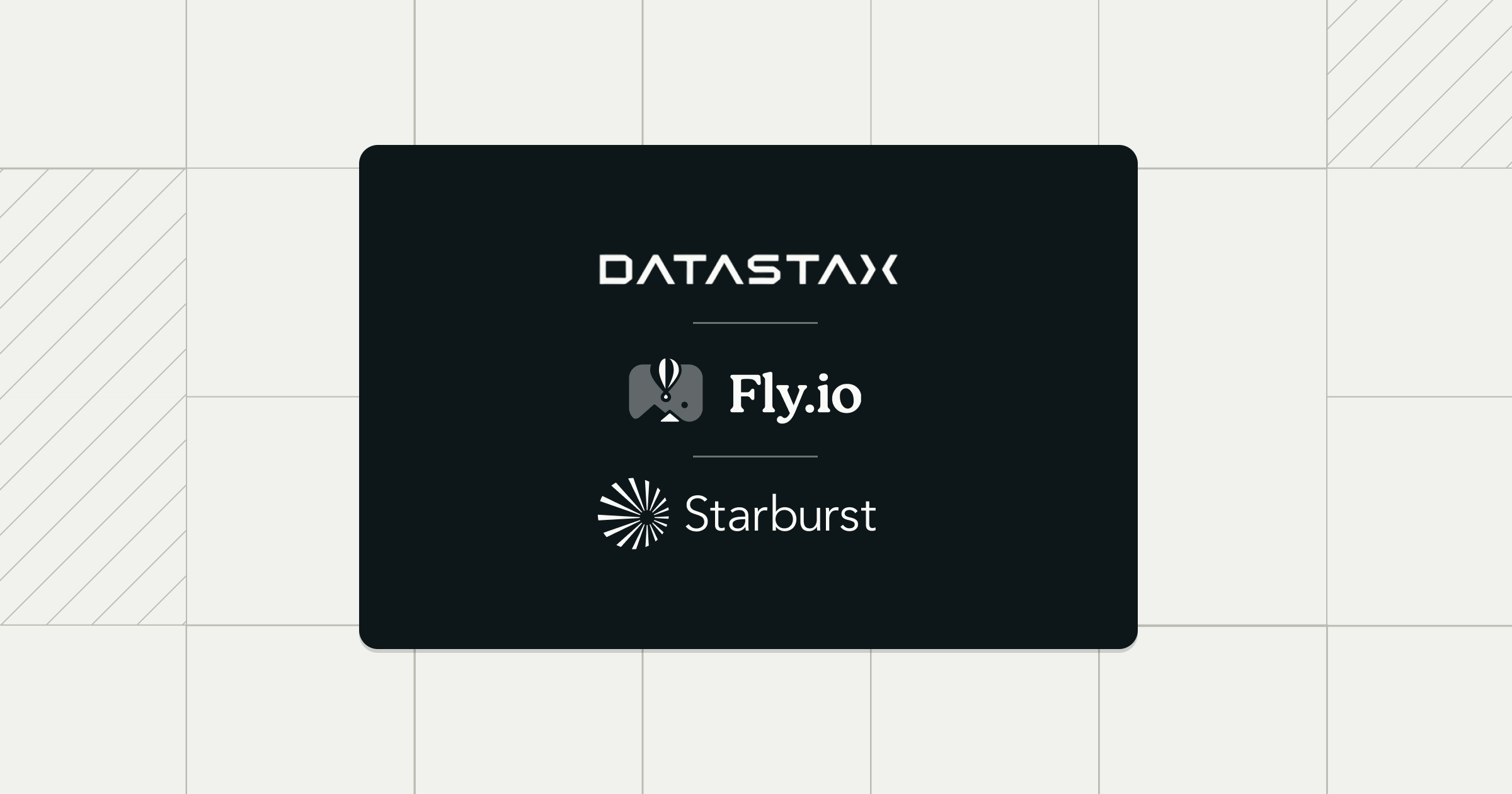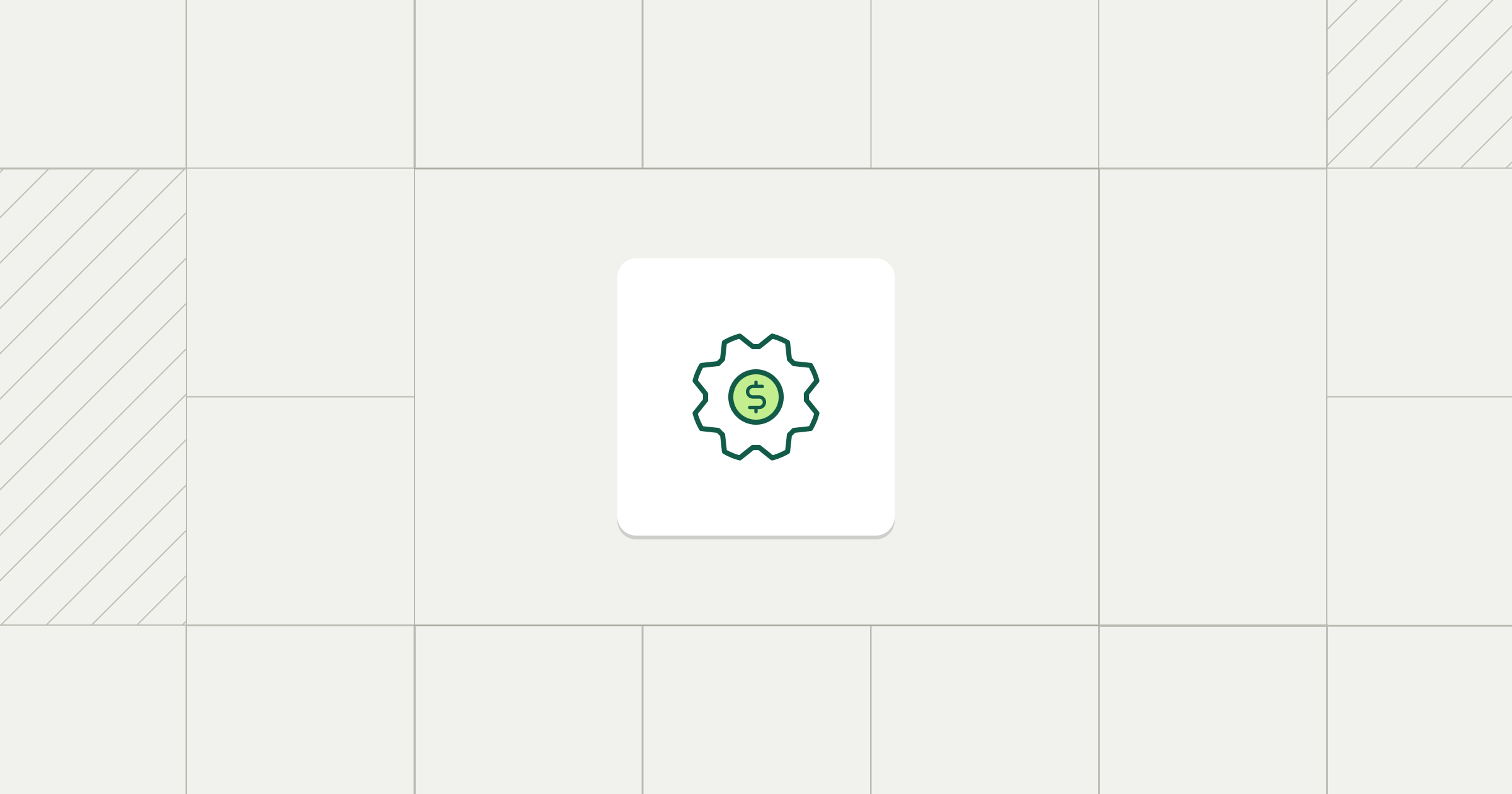Share
Product-led growth (PLG) has transformed customer acquisition. But monetization hasn't caught up.
Companies like Slack, Dropbox, and Zoom achieved remarkable success by putting their products at the center of their growth efforts.
But when you look at pricing, many teams still operate like traditional SaaS businesses. Meaning they charge for seats, gate features behind subscription tiers, and separate billing from the product experience.
This disconnect creates friction between how customers experience value and how they're asked to pay for it.
PLG pricing requires fundamentally different thinking. It also requires alignment between value delivery, product experience, and revenue capture.
Whether that's usage-based for API companies, seat-based for collaboration tools, or hybrid models, the key is ensuring your pricing model reflects how customers actually realize value from your product.
The companies that get this right build infrastructure supporting transparent, flexible, and scalable pricing tied to real customer behavior.
{{widget-monetization-whitepaper}}Why pricing affects PLG
PLG fails when pricing models don't align with how customers discover and realize value.
Traditional SaaS pricing served its purpose well when software capabilities were more static and value delivery was predictable. But modern software capabilities have fundamentally changed how customers perceive and consume value.
AI-driven features, API-based services, and dynamic product experiences create value in real-time, often in ways customers didn't explicitly initiate.
Traditional pricing approaches like seat-based tiers, feature gates, and separate billing systems can create friction where PLG demands seamless progression from exploration to paid usage.
PLG breaks when your pricing requires sales intervention, complex negotiations, or billing systems that operate separately from the product experience.
Value discovery happens through direct usage
Your PLG customers learn product capabilities through hands-on usage rather than demos or feature lists.
Many traditional SaaS pricing models assume customers understand value before using the product. PLG flips this assumption, meaning customers discover value through usage, then choose to pay based on what they've experienced.
In other words, the product experience demonstrates value directly, making it critical that pricing aligns with how value is discovered and realized.
This means customer success correlates with usage patterns and engagement depth, not just willingness to pay upfront for access. And revenue potential emerges from consumption behavior.
You need pricing models that reflect how customers actually experience value through your product, not just arbitrary feature gates or seat counts.
Natural expansion follows consumption patterns
Your customers start small and grow as they see value. They stick with your product because they use it — not because a contract locks them in. Upgrades feel like natural next steps, not forced sales pitches.
Top PLG companies achieve 130 to 150% annual net dollar retention (NDR) annually because they drive deeper engagement over time instead of gating features.
This creates different expansion dynamics. Instead of quarterly business reviews and renewal negotiations, expansion happens continuously as customers increase usage. Your billing systems must support this natural progression without introducing friction.
Billing must feel native to the product
Pricing transparency reduces friction and builds trust in the self-service experience. Real-time usage visibility allows your customers to predict and control costs. Self-service billing management maintains PLG's low-friction customer journey.
Simply put, you want revenue capture to align with customer success patterns rather than arbitrary billing cycles.
When customers can see usage and costs in real-time, they make informed decisions about consumption. This transparency reduces customer acquisition friction and increases expansion rates because customers trust your pricing model.
Challenges with PLG pricing
PLG pricing fails when your monetization approach doesn't align with how customers discover and realize value.
The mismatch between how customers experience your product and how you charge them creates operational chaos through disconnected systems that can't track the right metrics, plus customer friction when bills don't reflect the value they've actually received.
Most companies know PLG pricing should be different from traditional SaaS approaches, but they lack the infrastructure to execute pricing models that align with their specific value delivery patterns—whether usage-based, seat-based, or hybrid approaches.
Infrastructure fights strategy
Engineering bottlenecks emerge when every pricing change requires development work because billing logic is hardcoded in product systems.
More simply put, when pricing rules like "Pro users get 1000 API calls" are written directly into application code rather than stored as configuration, any pricing update requires a developer to modify code and deploy new software.
This creates cascading problems. You end up duplicating pricing logic across product, billing, customer relationship management (CRM), enterprise resource planning (ERP), and accounts receivable (AR) accounting systems. Customer experience breaks down when billing feels separate from the product because the systems are separate.
Revenue leaks through manual processes and disconnected systems that create billing errors and missed expansion opportunities. Most teams discover this challenge when they try to evolve their pricing model—whether adding new tiers, changing limits, or introducing different packaging approaches. Product teams build new capabilities, but finance can't price them flexibly because their billing infrastructure wasn't designed for rapid iteration.
Cross-functional coordination breaks down
Usage-based revenue creates unpredictable compensation, causing sales resistance to PLG motions. Consumption variability makes revenue planning difficult without a proper measurement infrastructure.
Complex usage-based billing generates support tickets about bill confusion and usage tracking. New features can't launch with pricing because your billing systems can't handle dynamic models. This creates launch delays where pricing becomes the bottleneck instead of product development.
Finance teams face particular challenges. Traditional forecasting methods break down when pricing varies by customer, contract terms change mid-cycle, and usage patterns shift monthly. Revenue becomes harder to predict without proper usage analytics.
PLG and enterprise sales create fragmented billing experiences
The real PLG pricing challenge is eliminating billing fragmentation that creates inconsistent customer experiences. When customers convert from PLG to enterprise contracts, they often lose all the visibility and control they had in the self-serve experience because billing moves to completely different systems.
PLG billing is typically automated with real-time usage dashboards and transparent cost tracking. Enterprise sales often relies on manual processes, separate invoicing systems, and quarterly business reviews for usage reporting.
This fragmentation creates a jarring transition for customers who were accustomed to self-service transparency.
The operational challenge becomes maintaining billing continuity across customer journeys. Different teams end up using different systems, creating billing errors, support escalations, and customer confusion. When sales quotes don't reflect the same usage patterns customers see in the product, trust breaks down.
Supporting both PLG and enterprise customers requires billing infrastructure that maintains the same transparency and usage visibility regardless of contract type, not necessarily the same pricing structure.
6 PLG pricing strategies that scale
These strategies align revenue capture with customer value realization while building infrastructure that supports both PLG simplicity and business model complexity.
1. Value-metric freemium with natural escalation
Build your free tier around value consumption rather than feature limitations. This creates upgrade pressure through usage success rather than artificial constraints.
You offer core product functionality with usage limits tied to customer outcomes like API calls, data processing, or team members. Customers upgrade when they're getting more value, not when they hit arbitrary feature walls. Most freemium models fail because they gate features instead of consumption. Value-metric freemium aligns upgrade pressure with customer success, making the transition feel inevitable rather than forced.
Dropbox achieved exponential growth using this approach, implementing a viral referral program that rewarded users with extra storage for inviting friends and reaching over 500 million registered users. The storage limit created natural expansion pressure without blocking core functionality.
2. Transparent consumption pricing with predictability controls
Pure usage-based pricing with real-time visibility and spending controls eliminates bill shock while maintaining consumption alignment. Your customers pay exactly for consumption with transparent rate cards and predictive billing alerts.
You need real-time metering, spending limits, usage forecasting, and detailed consumption analytics to make this work. Customers can predict and control costs, creating confidence for increased product adoption. Dynamic pricing and personalization become powerful tools, allowing you to adjust pricing based on customer preferences and buying patterns.
The key is providing customers with enough visibility to make informed decisions about consumption. This creates perfect alignment between value consumed and price paid, with no cross-subsidization of usage patterns.
3. Hybrid seat-plus-usage for predictable growth
You combine base seat pricing for access value with usage pricing for consumption value. This balances predictability and expansion alignment.
Base subscription covers platform access while usage pricing captures variable consumption and success. This approach needs dual billing tracking, usage attribution to seats, and a transparent cost breakdown for customers. The financial benefit provides revenue predictability while maintaining usage-based expansion opportunities. Hybrid models work well for teams transitioning from traditional SaaS pricing because they preserve familiar subscription revenue while adding consumption-based growth mechanisms.
4. Progressive usage tiers with automatic scaling
Usage-based pricing that automatically scales customers between tiers based on consumption patterns eliminates upgrade friction. Your customers automatically move between pricing tiers based on actual usage with transparent tier transitions.
You need automatic tier management, usage pattern analytics, and seamless billing transitions to make this work. This removes manual intervention from the expansion process. Customers don't need to evaluate upgrade decisions because the system handles scaling automatically based on their behavior.
5. Self-service with enterprise bridge pricing
You create unified pricing logic that scales from self-serve to enterprise without creating separate experiences or billing complexity. The same core pricing serves both PLG and enterprise sales with additional service levels and contract terms for enterprise customers.
Enterprise customers pay for enhanced support and custom terms, not different product pricing. This requires a single rate card system supporting automated billing and custom contract terms. The operational benefit eliminates pricing inconsistencies between self-serve and sales channels.
Most companies struggle with this transition because they build separate systems for PLG and enterprise customers. Unified pricing logic prevents operational silos while supporting different go-to-market motions.
6. Outcome-based value capture with usage foundation
You price based on customer outcomes achieved while using consumption patterns to measure and attribute value delivery.
Your pricing tiers are based on business results like revenue generated, costs saved, or efficiency gains tracked through product usage. Revenue capture directly correlates with customer success and measurable business outcomes. You need outcome measurement systems, usage-to-value attribution, and results-based billing workflows to make this work.
This creates defensible pricing through demonstrated customer value rather than feature competition. Outcome-based pricing represents the evolution of PLG monetization. Instead of charging for what customers use, you charge for what they achieve through usage.
Building PLG pricing that scales
PLG pricing strategy fails without infrastructure that treats monetization as a core product capability. You need a systematic implementation that connects customer value experience to revenue capture.
PLG demands pricing infrastructure as sophisticated as your product, turning monetization from a billing function into a growth system.
Map usage to customer value patterns
Start by analyzing how your customers use your product to achieve measurable outcomes. You want to identify usage behaviors that correlate with customer success and expansion potential. Choose consumption metrics that customers understand and can predict.
Validate that customers perceive pricing fairness based on value delivered. This creates the foundation for value-aligned pricing by connecting product usage to business outcomes.
Understanding your customers remains essential for PLG success. You must focus on customer feedback, data analytics, and user behavior insights to identify ideal customers and their needs, pain points, and usage patterns. Most teams skip this analysis and choose usage metrics based on what's easy to measure rather than what correlates with customer value.
Design consumption-based architecture
Build transparent rate cards that your customers can use to forecast and control costs. Create a natural progression that follows usage patterns rather than forcing arbitrary decisions.
You need to provide spending limits, usage alerts, and consumption optimization tools. Connect pricing logic to product experience through customer-facing usage dashboards. This makes pricing feel like part of the product rather than a separate billing system.
Build product-integrated infrastructure
You implement consumption measurement within product architecture, not separate billing systems. Create usage visibility and cost prediction as core product features. Enable customers to manage pricing and billing without leaving the product experience.
Connect usage data to financial reporting and revenue recognition systems. Infrastructure integration prevents the disconnected experience that breaks PLG customer journeys. When billing feels native to the product, customers make consumption decisions more naturally.
Enable continuous optimization
Build A/B testing for pricing models without engineering dependencies. You track consumption, conversion, and expansion metrics in real-time. Use usage patterns to optimize pricing strategy and identify expansion opportunities.
PLG pricing requires continuous iteration because customer usage patterns evolve as products improve. The optimization framework enables data-driven pricing decisions that improve customer experience and business outcomes.
Companies that integrate pricing into product experience see faster growth and higher customer retention than those using traditional billing approaches.
From strategy to scale
Strategy doesn't matter without execution capability. The difference between PLG pricing success and failure is operational infrastructure that supports rapid iteration and cross-functional alignment.
Modern monetization demands more than flexible pricing. You need systems that connect pricing strategy to billing execution without engineering bottlenecks.
You need unified rate card systems, real-time usage tracking, customer transparency tools, and pricing experimentation platforms that eliminate engineering dependencies. These systems enable business teams to iterate on pricing without technical constraints.
Cross-functional alignment requires shared success metrics like customer lifetime value, net revenue retention, and expansion revenue that work across PLG and enterprise sales motions.
You want seamless handoffs between product usage, sales processes, billing execution, and financial reporting systems to prevent manual reconciliation work. Automation reduces operational overhead while improving accuracy.
Single pricing systems that support both self-serve customers and complex enterprise contracts prevent operational silos. Customer experience continuity enables seamless transitions between self-serve and sales-assisted experiences while maintaining unified pricing logic.
PLG pricing strategy fails without infrastructure that makes execution scalable, transparent, and aligned across teams. Companies that treat pricing as infrastructure see 3x faster growth than those that don't.
{{widget-monetization-whitepaper}}

